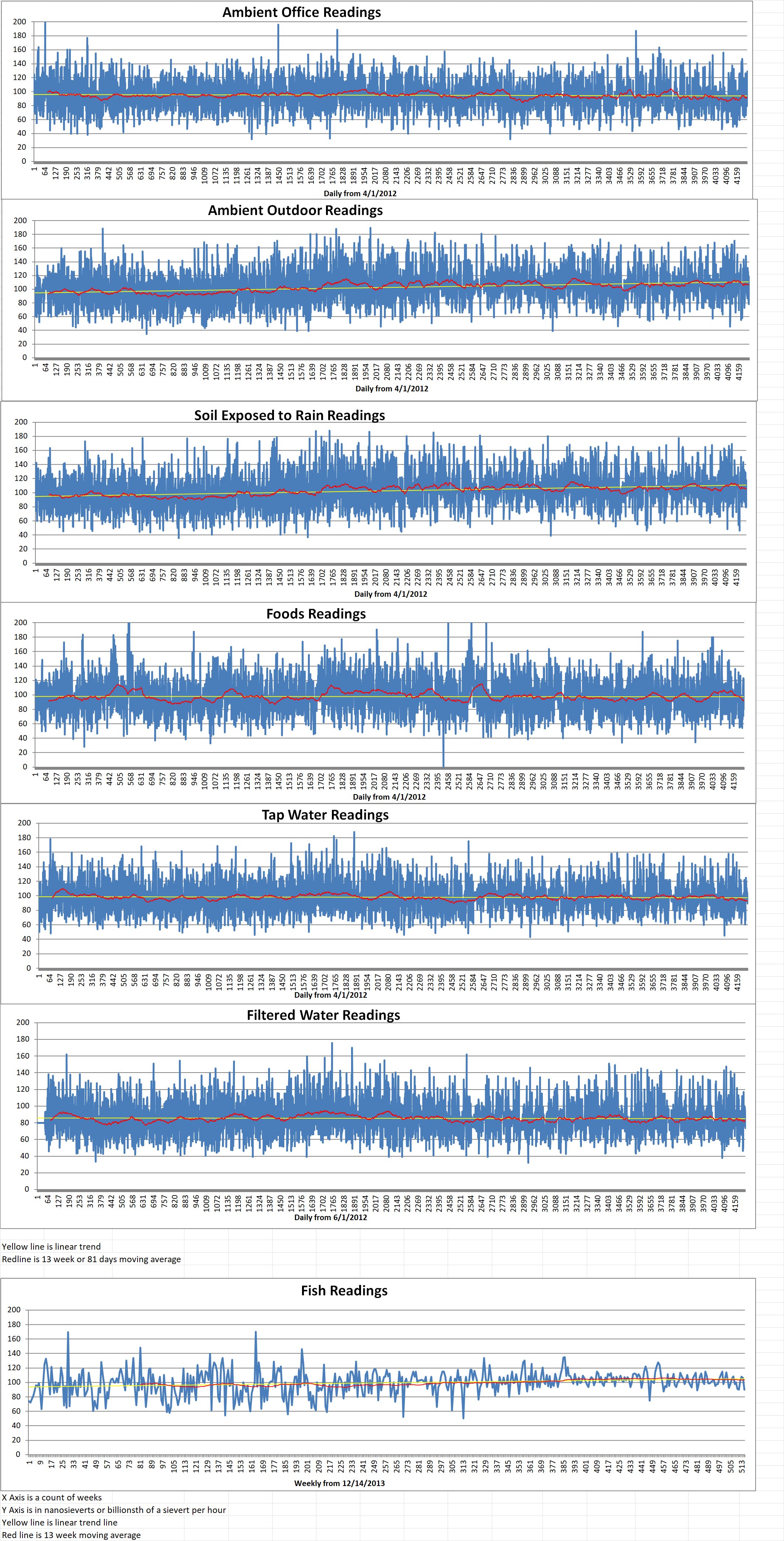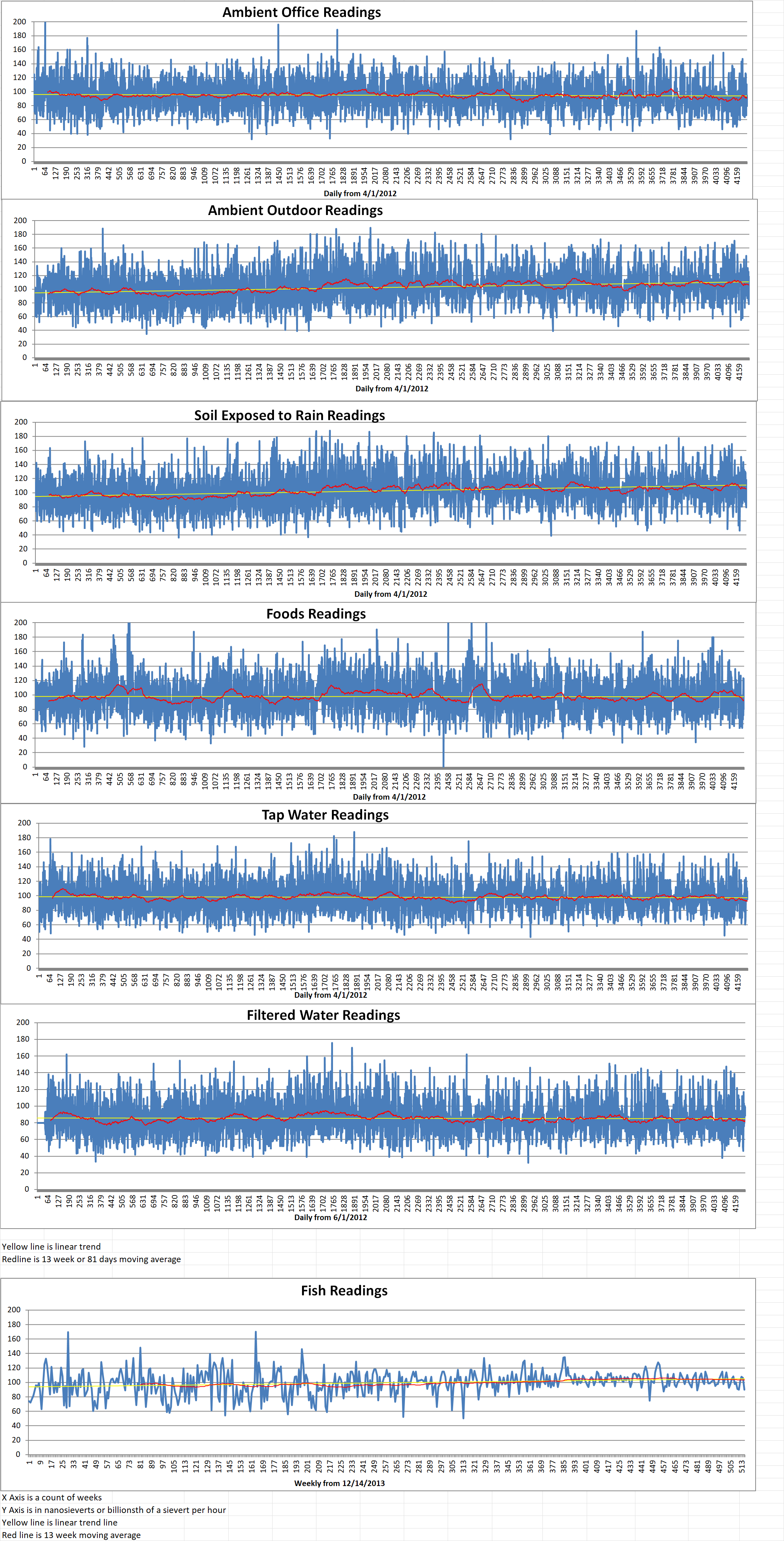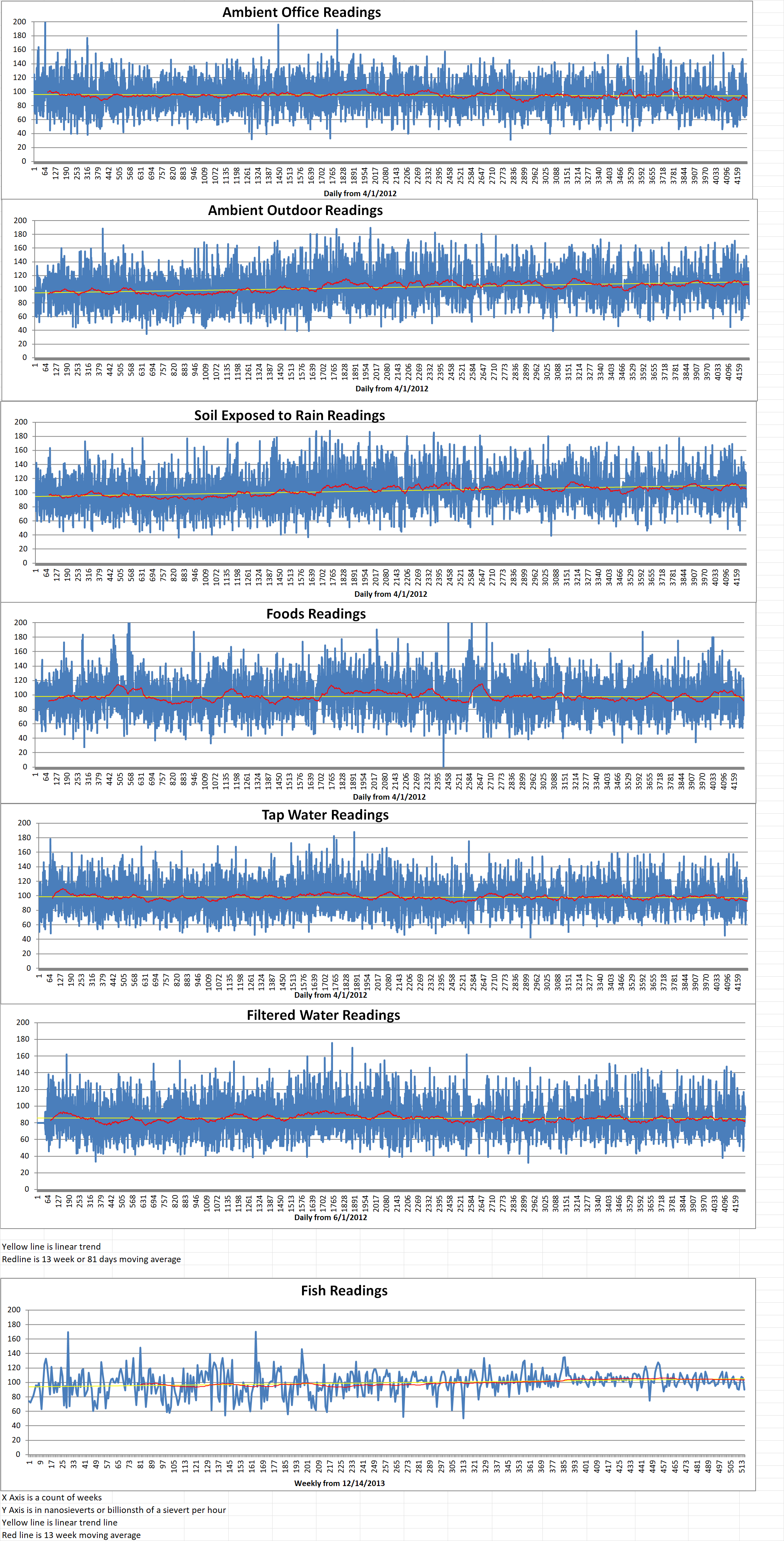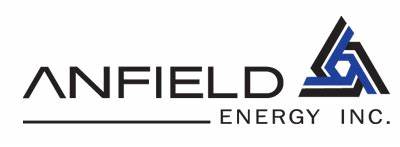Canada’s Prodigy Clean Energy and Des Nëdhé Group are collaborating on a plan to transport portable microreactor stations, called Transportable Nuclear Power Plants, to the country’s remote locations. They will supply electricity to mining facilities, construction sites, and even communities, according to a press release.
The power plants are being developed to house different types of microreactors, which are small, portable nuclear generators. They supply from one to twenty megawatts of electricity.
The Prodigy/Des Nëdhé effort will include collaboration with Indigenous communities so that they can take part in workforce gains and have ownership in the enterprises.
Sean Willy is the Des Nëdhé President. He said in a press release, “Ensuring a secure, carbon-free, and affordable electricity and heat supply for all of Canada is crucial, and SMRs will play a significant role.” Willy’s organization is an Indigenous economic development firm.
Part of the goal of the collaboration is to replace dirty diesel fuel power plants with cleaner nuclear power. The Prodigy power stations will be prefabricated in a shipyard. Following construction, they will be sent to where the electricity is needed. They can be deployed inland or on the coast of a body of water in a protected harbor. The protected harbor option reduces the concrete footprint needed for the setup. The stations can be quickly activated and are easily redeployable. They have a lifetime of 60 years, according to Prodigy.
The stations can continue to operate in areas with seismic activity and in “volatile climates,” the makers note. They will also have a plan in place to deal with nuclear waste before deployment of a microreactor.
The partners are collaborating with Westinghouse to incorporate its state-of-the-art eVinci microreactor in the project. The eVinci microreactor can run for eight years or more. This prevents fifty-five thousand tons of air pollution from spewing into the atmosphere annually, according to Westinghouse. An eVinci microreactor is set to go online in Saskatchewan in 2029.
There are fifty-four commercial nuclear power plants in the U.S. and six in Canada, according to both governments. The U.S. plants generate around two thousand two hundred and five tons of nuclear waste each year. That is less than half the volume of an Olympic-sized swimming pool. The waste is in the form of small ceramic pellets, not barrels of liquid radioactive waste, according to the U.S. Department of Energy.
If the portable microreactor can gain traction with a safe and reliable process, it could help to energize our transformation to a more sustainable energy source. Nuclear disasters are rare but extreme.
Current nuclear power plants utilize nuclear fission. Breakthroughs in nuclear fusion reactors could also provide a less radioactive nuclear energy source. However, there’s still a great deal of work to be done to bring fusion power to market.
The Prodigy news is important because nuclear energy would provide near-limitless electricity in hard-to-power areas. It could eliminate planet-warming air pollution from dirty-fuel-burning plants and prevent harmful fumes from impacting public health.
Mathias Trojer is the CEO of Prodigy. He said, “Prodigy’s microreactor … offers a near-term solution to transition remote locations off of diesel.”






